Imaginations have long been captured by the Amazon; boundless tracts of jungled landscape, home to dazzling natural diversity, shrouded in mystery and intrigue. Those indigenous to this environment have likewise been fertile soil for fantasy: long bearing the burden of otherness, they have been maligned as ‘simple’ and ‘savage’ for centuries. Since European conquest, these cultures have suffered marginalization and misunderstanding whilst their jungled homelands are torn apart in the name of progress and profit.
Gradually, however, the wider world has come to appreciate what these cultures have to offer: their extensive botanical knowledge, complex cosmologies and sustainable lifestyles are sources of inspiration for interested outsiders. The art of Amazonian basketry offers a window through which these cultures, their beliefs, and their relationships to nature can be observed and appreciated.
- The Amazon. There are multitudinous Amazonian cultures, with over 75 indigenous to Venezuela alone. The Northern Amazonian Yanomami and Ye’kuana cultures exemplify this diversity: whilst close neighbors, they speak distinct languages and engage in diverse cultural practices, with marked distinctions in their basketry.
- Amazonian basketry has been practiced for millennia, with the dextrous skills and extensive knowledge necessary to practice the art being passed orally through generations.
- The art of basketry is understood in diverse ways by Amazonian cultures: for the Yanomami, artisan baskets are functional objects that represent their ethnic identity, whilst the Ye’kuana invest their baskets with extensive cosmological significance.
- The decoration of Amazonian artisan baskets is informed by their varying cultural significance: for the Ye’kuana, the upper rim signifies the extent of the known world; parallel lines represent rain whilst the center embodies all that is their culture, housing heroes and gods. Conversely, the Yanomami decorate their artisan baskets with patterns that represent distinct aspects of their cultural identity.
- Basketry is largely a feminine activity amongst Amazonian cultures, though this varies. Amongst the Yanomami production is solely the role of women, whilst Ye’kuana men decorate the baskets that their female counterparts weave.
- Amazonian baskets fulfill a plethora of functions, from collecting firewood to fishing. Each function is served by specific design, with the Yanomami producing over 1000 different types of the basket for distinct uses.
- Different plants are used to optimize the functions of distinct baskets. The Ye’kuana routinely uses five species of plants in their basketry, selecting them on the basis of their relative strengths, whilst the Yanomami are familiar with over 500 botanical species native to their environment.
- It is thought that over 60% of the Amazon was shaped through human influence prior to European arrival: from fruit stands to controlled forest fires, the environment is testament to the sustainable, symbiotic relationships indigenous cultures have maintained with nature, including the collection of plants to make artisan baskets.
- Amazonian basketry is predicated upon these complex relationships, with baskets embodying the extensive knowledge and understanding that indigenous people have of the rainforest. Mining, logging, and farming are rapidly encroaching upon these environments and threaten to destabilize the relationships that have sustained these cultures for millennia.
10. Future. In today’s world of global communication and mass production, where nature is contained to be explored and exploited, the hand-woven basket has been replaced by the epitome of pollution: the plastic bag. Amazonian basketry offers insights into alternative environmental interactions: symbiotic rather than oppositional; sustainable rather than efficient. With global climate change and resource depletion posing ever-greater problems, the Amazonian mode of interacting with nature provides a valuable source of inspiration.
Find a great selection of our Amazonian baskets below, or at our Baskets & Containers section.





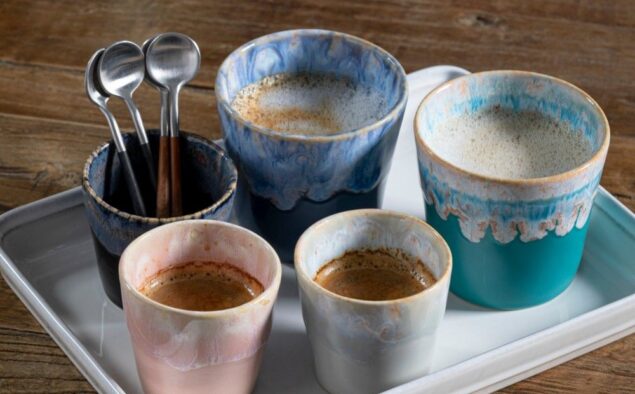
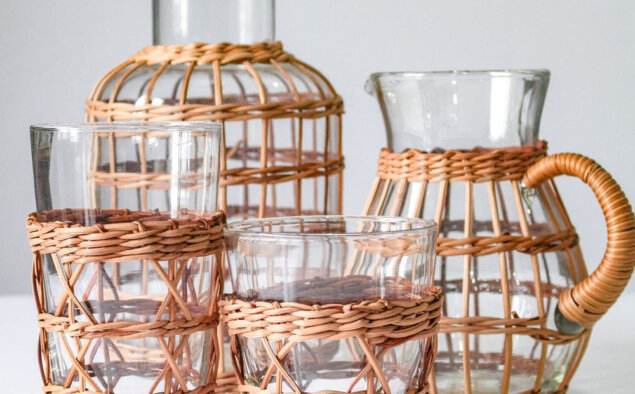
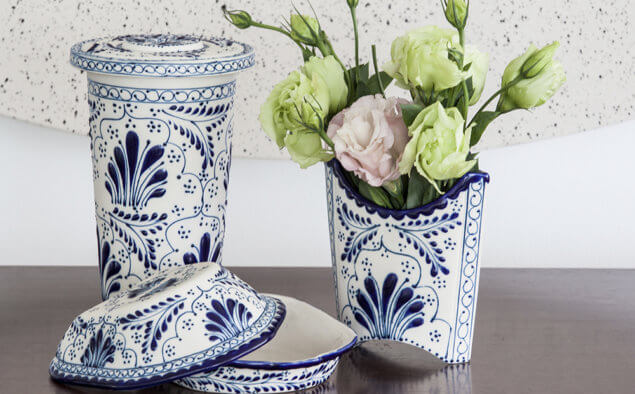

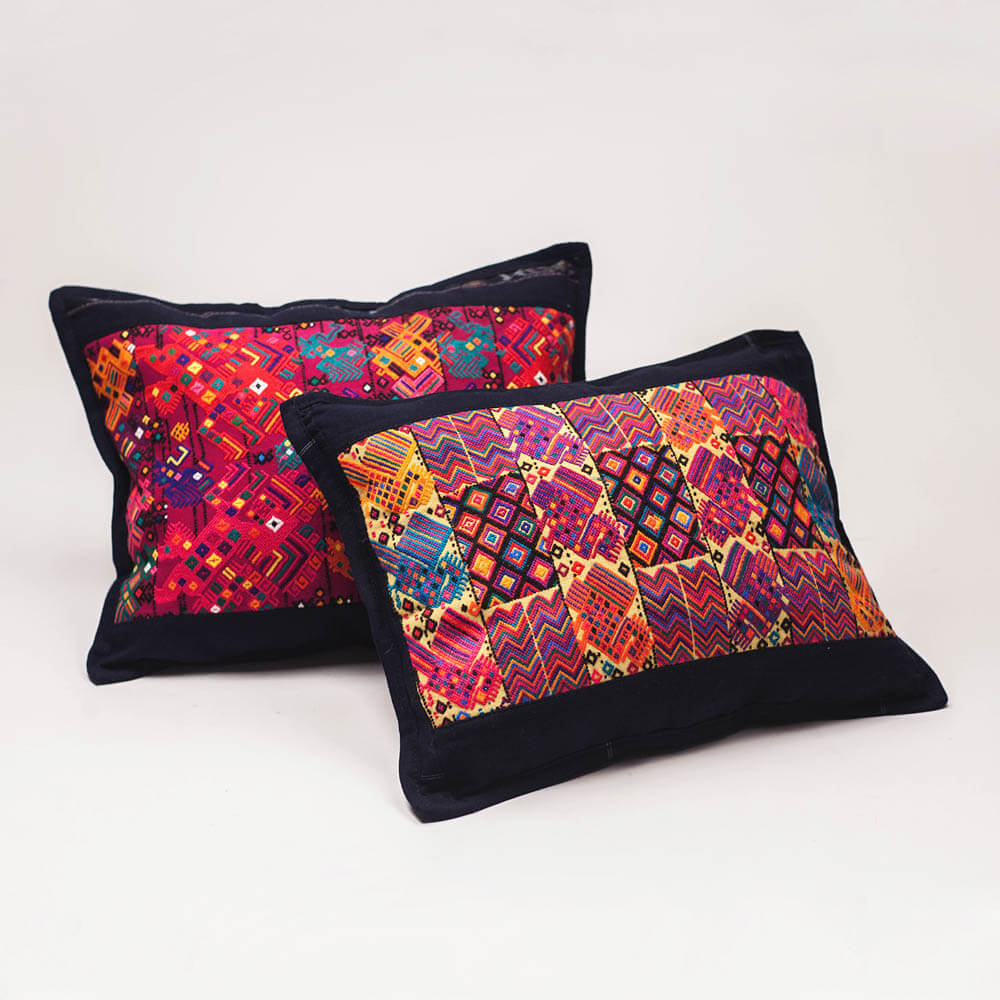
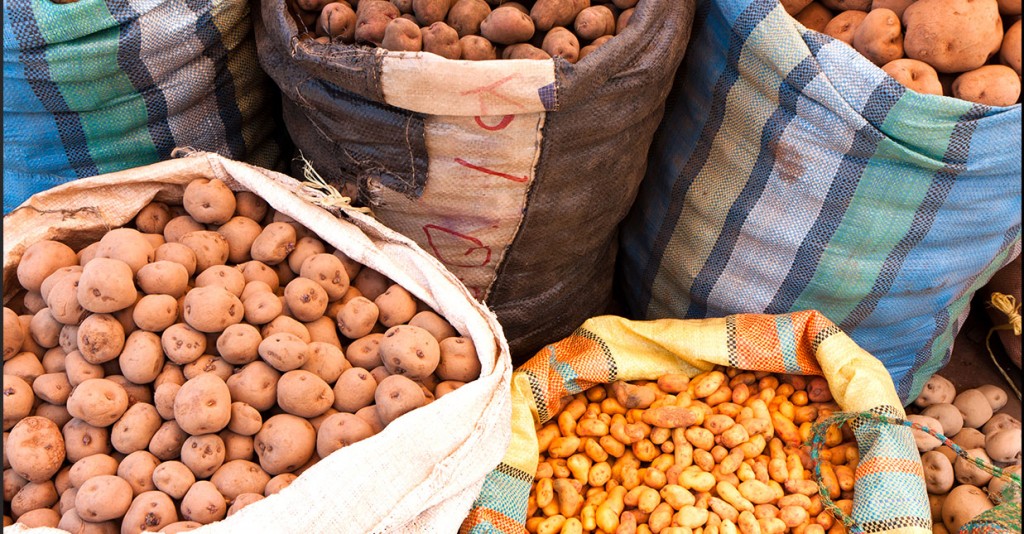
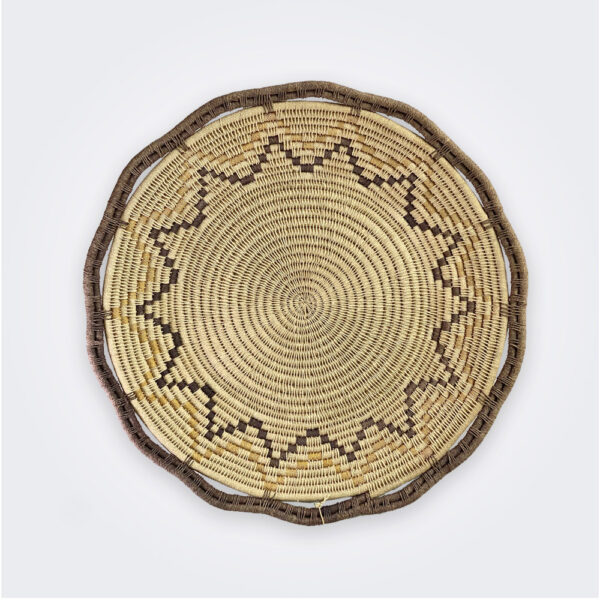

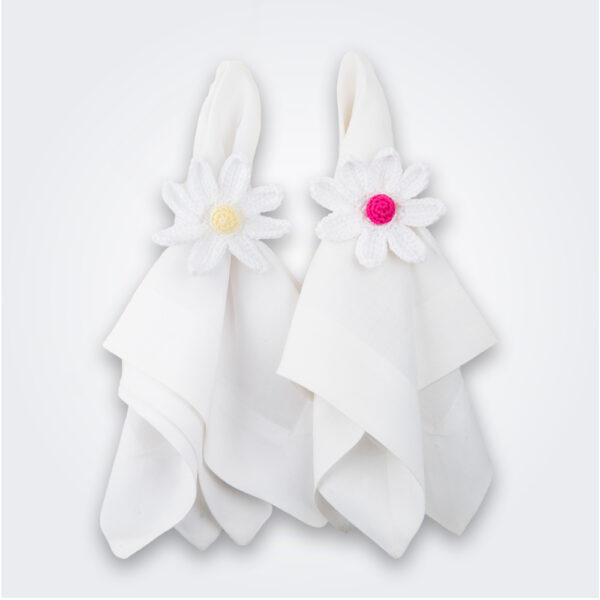
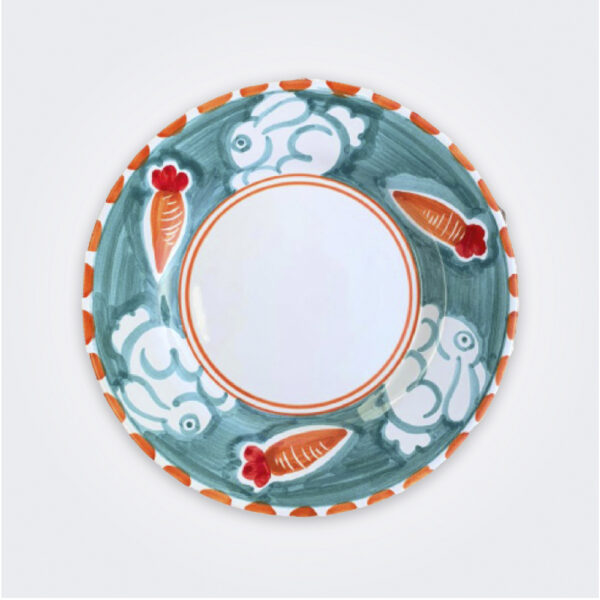

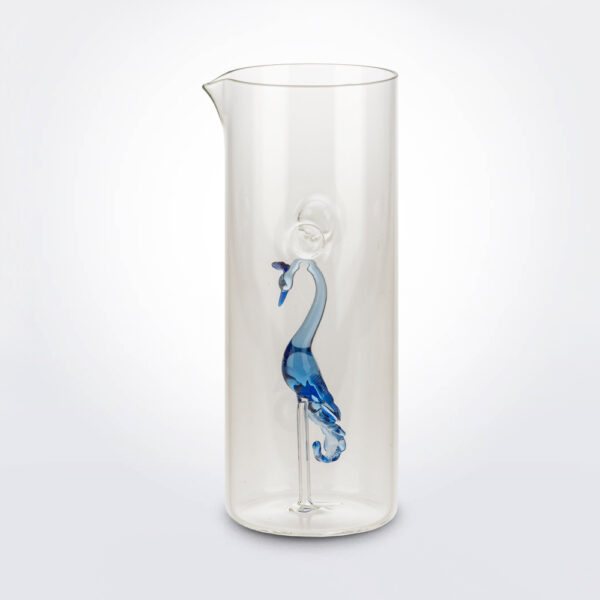


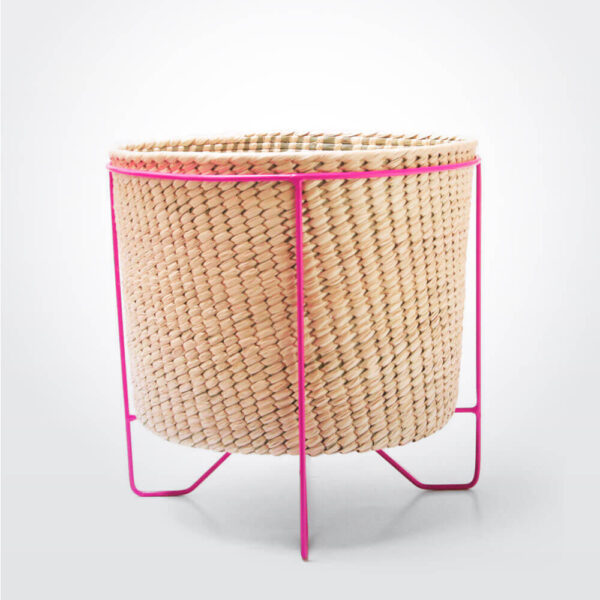

leave a comment